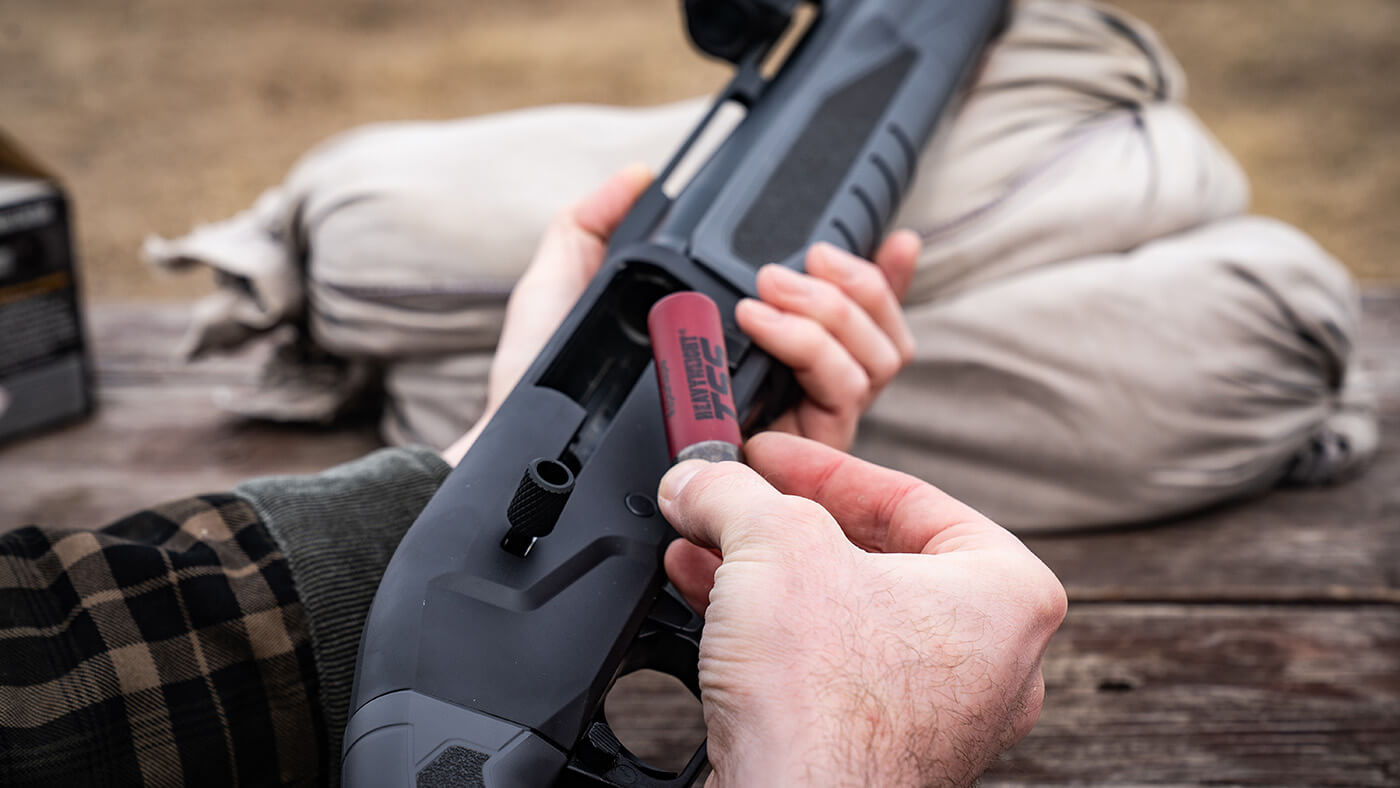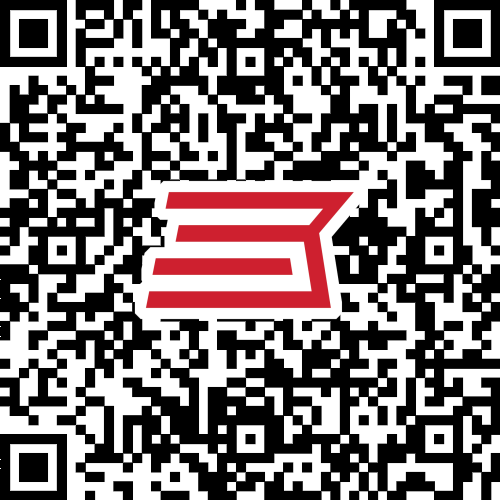- Savage Blog
- How to Pattern Your Turkey Gun 101
How to Pattern Your Turkey Gun 101

Spring turkey season means epic turkey camps, renewal of the soul after a long winter, the formation of new friendships, and unforgettable days chasing gobbles. However, there’s a dark cloud that looms over the greatest days of spring turkey season: the dreaded miss.
There are few things in life more painful than missing a well-earned shot on a gobbler. Weird shot angles, adrenaline, and sketchy, head-bobbing birds are all reasonable excuses for missing a shot. But rolling into the turkey woods with a gun that hasn’t been patterned is a despicable crime.
REASONS TO PATTERN YOUR TURKEY GUN
You should always pattern your turkey gun. I can’t count the number of times I’ve seen a turkey hunter miss a bird or begrudgingly shoot a target, only to realize their pattern wasn’t lethal. I’ve also had to learn this the hard way (sadly, more than once).
Most hunters believe a shotgun will shoot every shotshell straight. This seems logical, considering a shotgun doesn’t have rifling and the muzzle velocities are relatively low, but a smoothbore doesn’t always push out pellets as you’d expect. I won’t dig into the ballistic explanations, but it’s reality. Grab a handful of random shells and shoot paper at 20-40 yards, especially with steel vs. lead or Tungsten Super Shot (TSS), and you’ll see for yourself.
The first key is finding a turkey gun that fits you well; Savage makes this easy with multiple models that feature adjustable stocks. Also, ideally, you’ll want a turkey gun with an adjustable sight system–either stock or aftermarket. I’m a major proponent of red-dot sights such as those from Aimpoint. Adjustable sights give you flexibility to shoot your chosen turkey load and make necessary changes to your point of aim and point of impact.
Patterning your turkey gun will reveal the pellet density and drop at various distances, showing you exactly how effective your pattern will be at the distances you intend to hunt. For instance, if you only intend to shoot turkeys within 20 yards, you’ll want to optimize your pattern with the proper choke tube and turkey load so that it’s not too tight at close range. Or, if you want to leverage the power of TSS turkey loads and shoot at distances beyond 40 yards, you’ll want a choke/load combination that maintains pattern density out to those distances.
The bottom line is you need to pattern your turkey gun and understand its capabilities or limitations at all distances you intend to shoot turkeys.
HOW TO PATTERN YOUR TURKEY GUN
Get out there and put some pellets on paper! Here’s how to pattern your turkey gun in 5 simple steps.
#1: GEAR UP
Once you’ve chosen the shotgun and sighting system that you’ll use for turkey hunting, you’ll need to get all the other necessary gear for an effective patterning session.
Turkey choke(s): Testing multiple turkey chokes is ideal, but not necessary. Paired with the proper turkey load, an extra-full turkey choke that comes with your turkey gun will do the trick. However, diehard turkey hunters will test multiple choke/load combinations to dial in the ultimate pattern. Trulock is a great source of custom, aftermarket choke tubes.

Turkey loads: Determine what fits into your budget. You can buy inexpensive, “old-school” copper-plated lead turkey loads and kill turkeys within 40 yards all day, or you can splurge and shoot the best new technology found in TSS turkey loads. At minimum, you’ll want to test a couple of shot/pellet sizes (typically ranging from No. 4-9) to see how your shotgun reacts to multiple loads. The goal is to optimize your pattern to best suit your expected hunting situations and shot distances. Ask some buddies to see if they have any extra turkey loads, or invite them to the range to join you for the patterning session so you can share shells and cut costs.
Target loads: In addition to turkey loads, save money by purchasing some inexpensive target loads. You can use these to start the patterning process and get on paper, rather than burning up your expensive turkey loads.
Targets: There are many websites that allow you to print off basic paper targets for free, or you can create your own with a large sheet of paper and a permanent marker. I prefer to buy reactive targets–my favorites being Orange Peel targets (I buy these in bulk to use for all my target shooting needs). You’ll want at least a 10-inch target to evaluate your pattern.
Shooting rest: Even if you have a soft-shooting turkey gun, a thorough patterning session will probably beat up your shoulder. If this is a concern, don’t hesitate to pick up a solid bench rest such as a Lead Sled to minimize your abuse. There’s no need to endure punishing recoil, and a heavy dose can lead to bad shooting habits and poor patterns.
#2: GET ON PAPER
Always start with a large target surface area. Save cardboard boxes for weeks in advance of your patterning session, or visit a local business to see if they’ll let you dig into their recycling bin. I recommend a 3-foot square piece of cardboard. Start by drawing a large, dark circle in the center of a piece of cardboard and shoot it with your target loads. Shoot the dark circle from 10 yards and make necessary adjustments in your shotgun sight to center your point of impact.

#3 SHOOT TURKEY LOADS
Hang up a fresh piece of cardboard and stick your real target in the center of the cardboard. Now it’s time to shoot a turkey load. Back out to 20 yards and shoot the target. Once again, adjust your sights to center the point of impact. If you’re satisfied with the pattern and you don’t want to test any additional turkey loads, back out and shoot at any extended distances from where you hope to be able to shoot turkeys.
If you want to test additional turkey loads to better optimize your pattern, repeat the previous steps with each load.

#4: PRACTICE FROM FIELD POSITIONS
Shooting a turkey gun is more like shooting a rifle, so take time to practice shooting from real field positions. Use your target loads to do this, and don’t worry so much about where the pellets are hitting on target. Focus on your shooting fundamentals, such as creating a natural rest and squeezing the trigger.
#5 RE-PATTERNING IN SEASON
Is there a chance you bumped your sights at some point during the season? Perhaps you traveled by airplane to hunt out of state? When in doubt, shoot your turkey gun at a target. At minimum, this is a great confidence booster, and the last thing you want is to put all the pieces together to bring a gobbler into range and then miss your shot because of equipment failure.
Follow Josh Dahlke and his turkey adventures as he travels the country with the Turkey POSSE!

